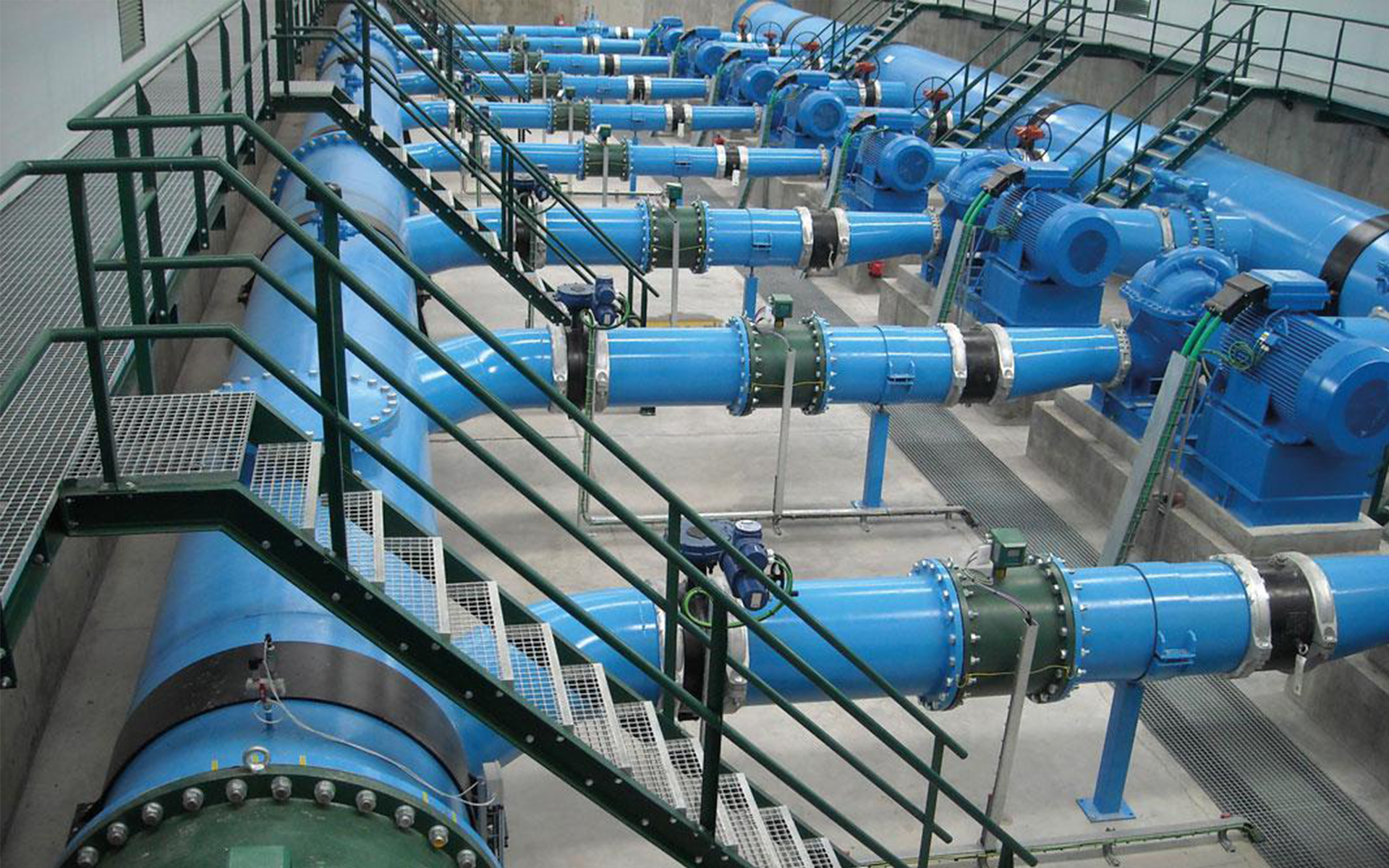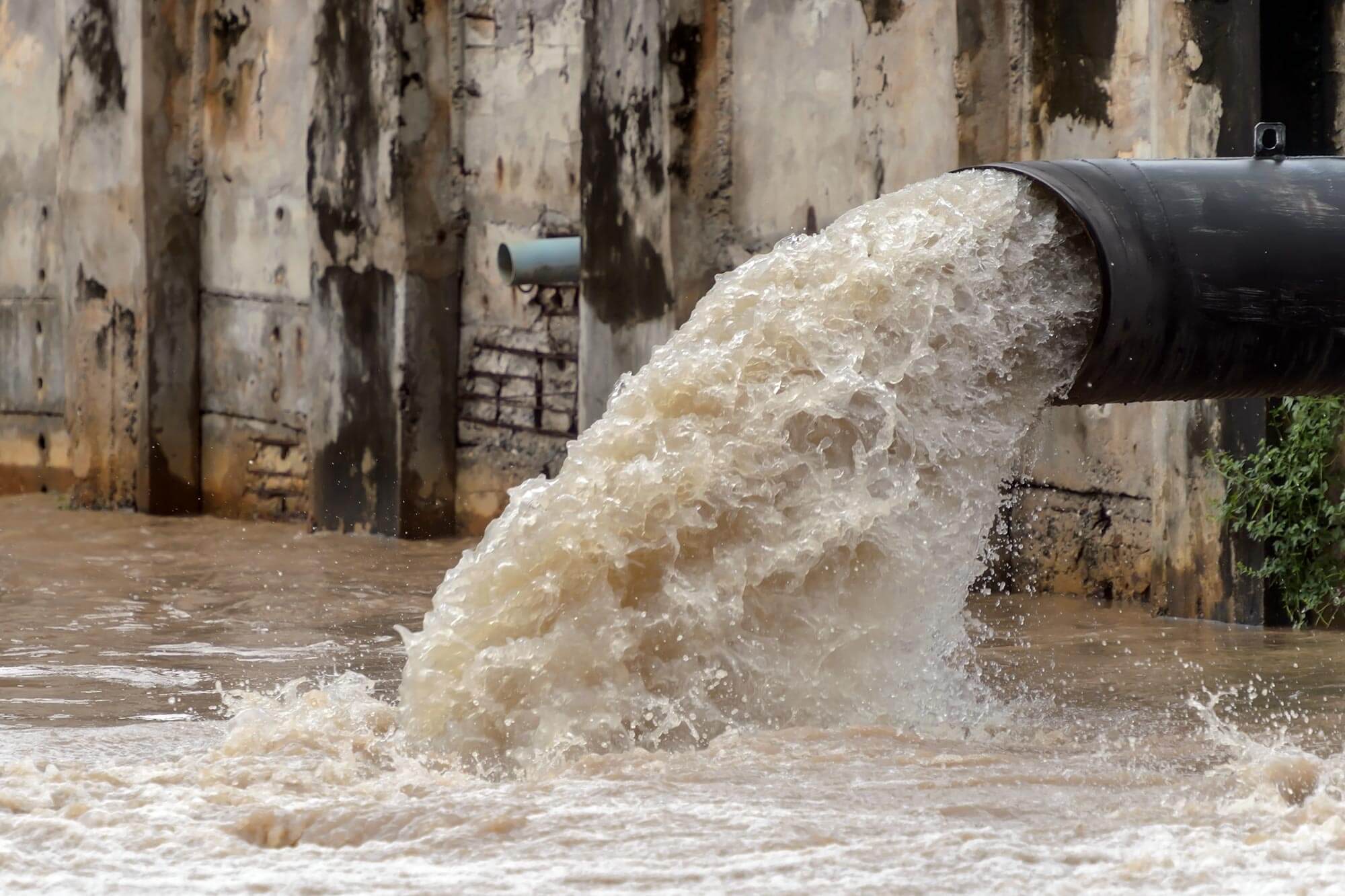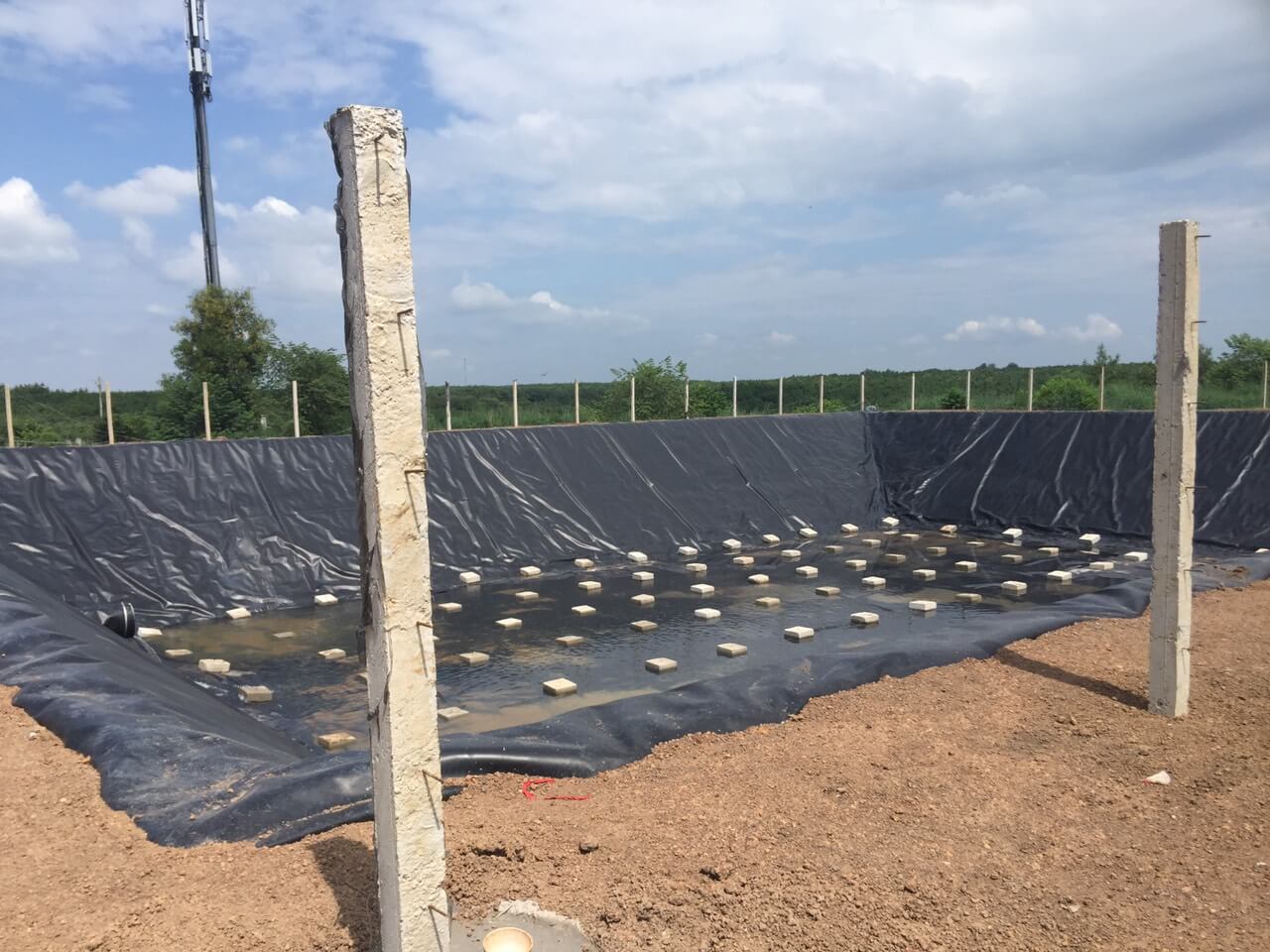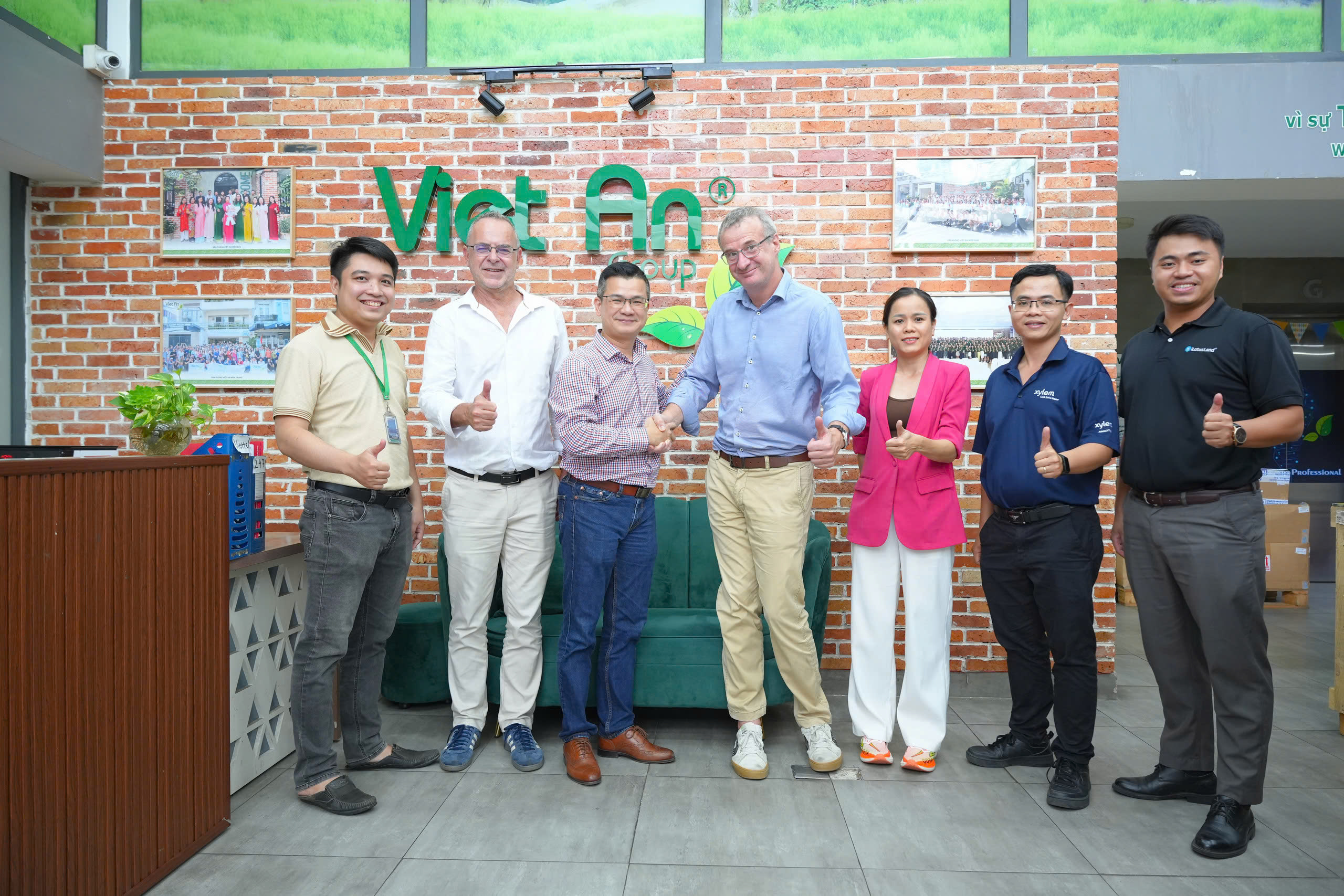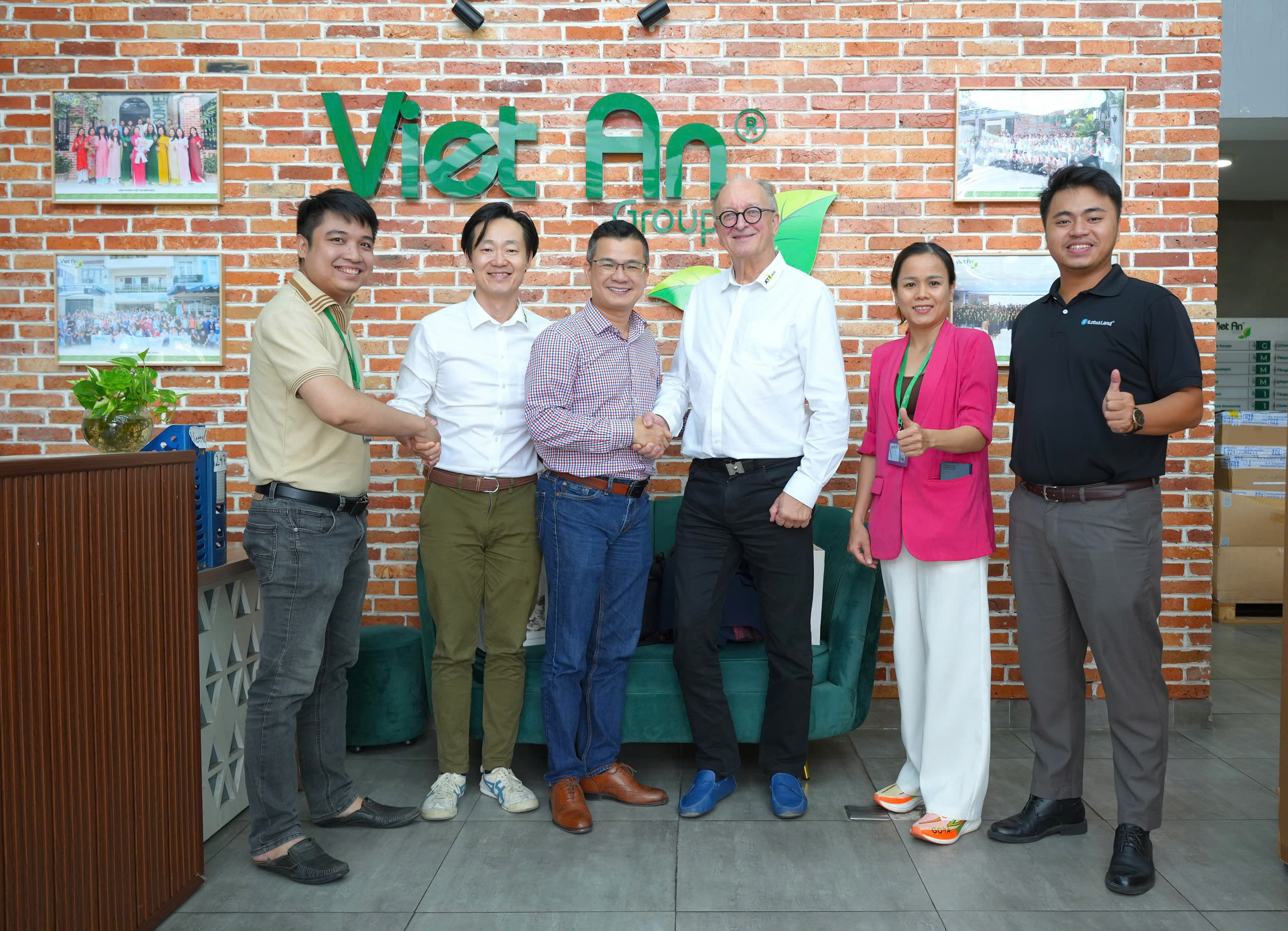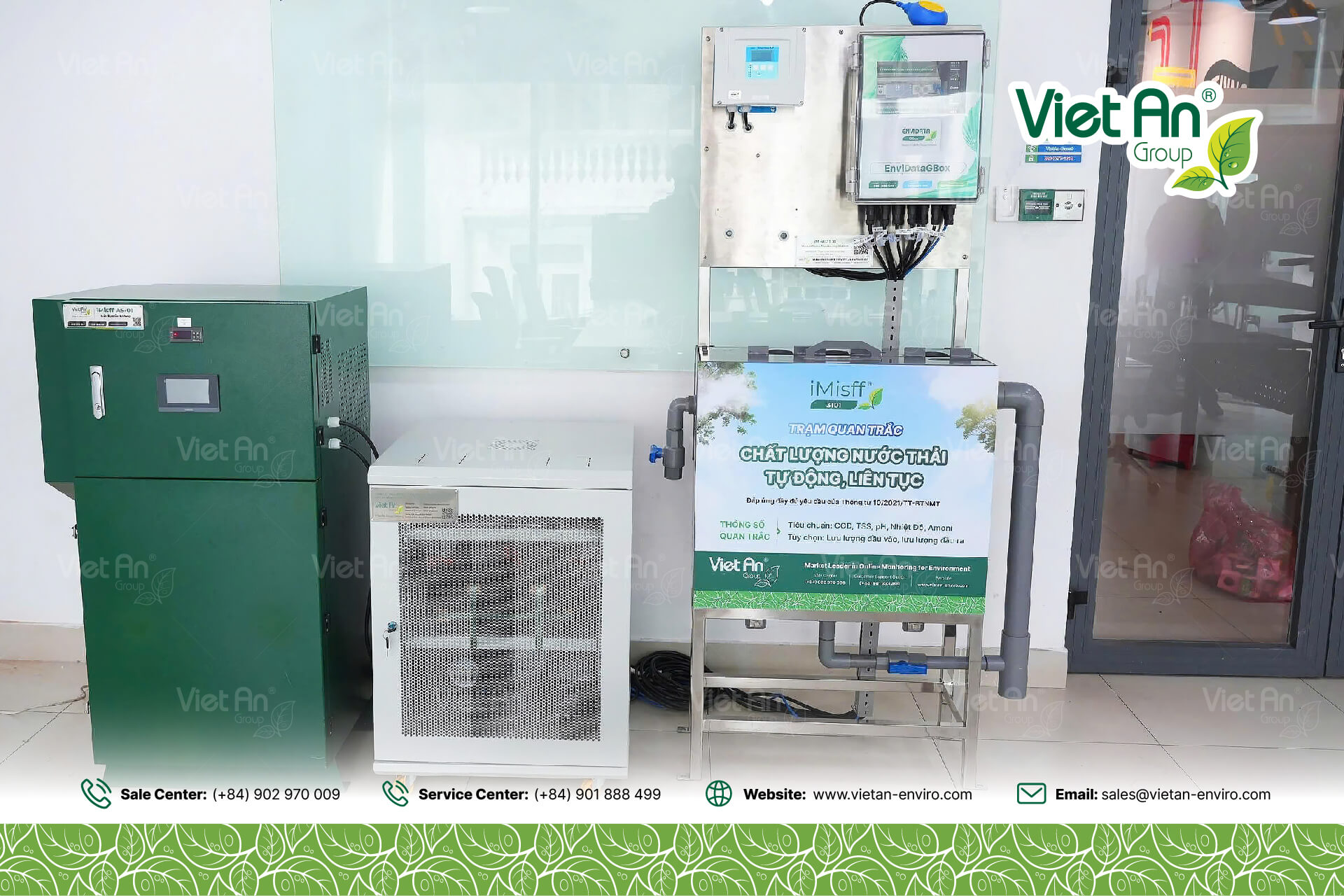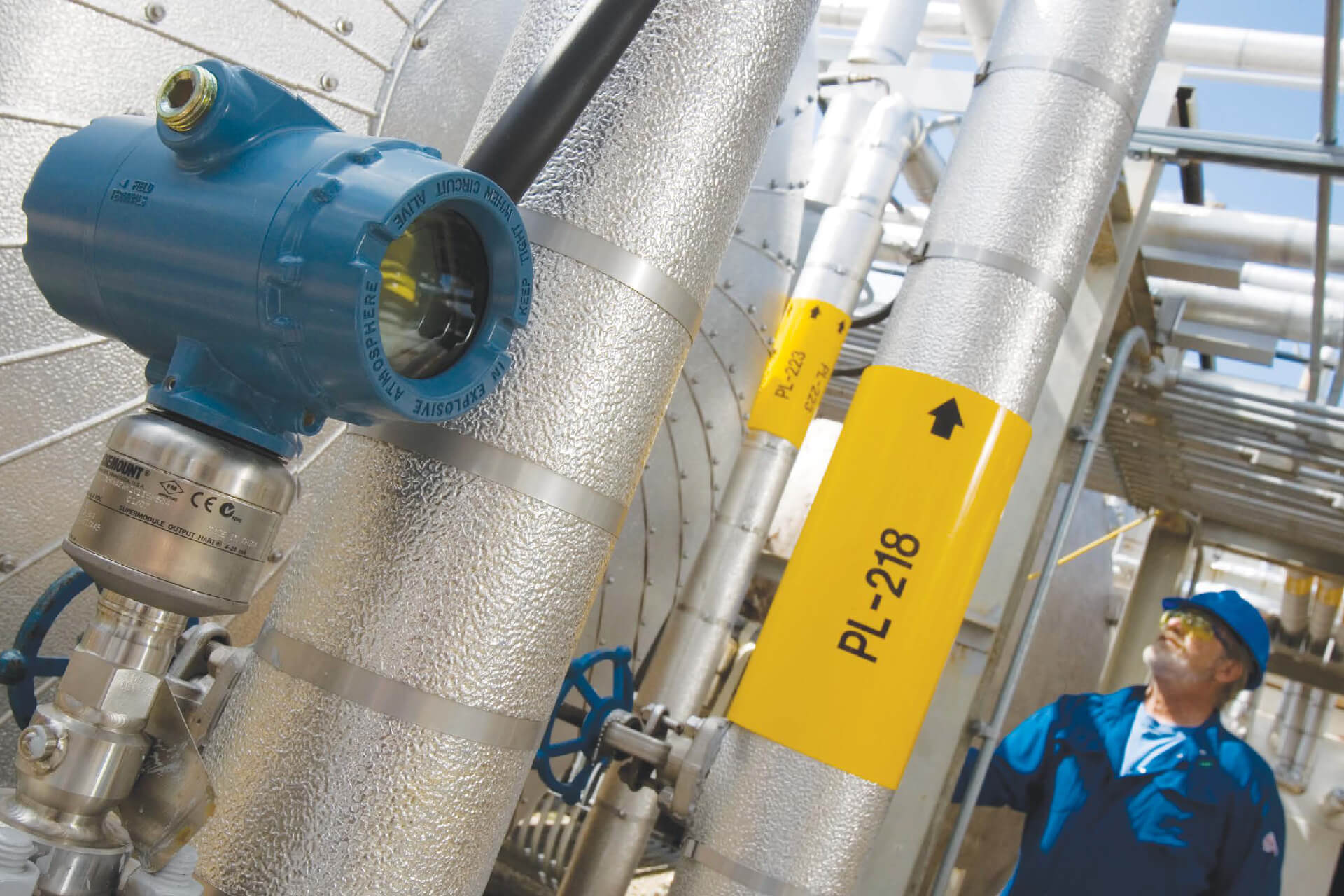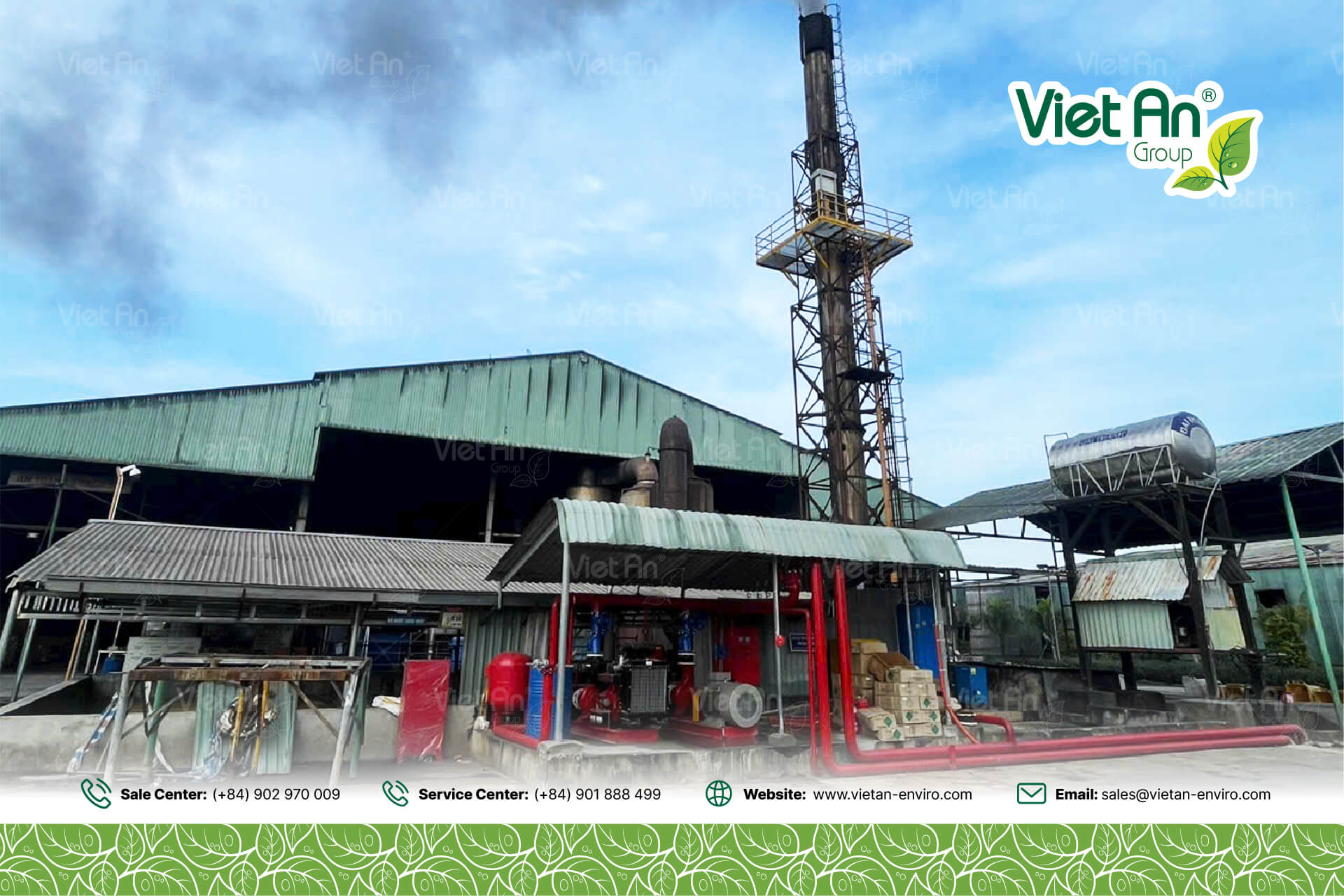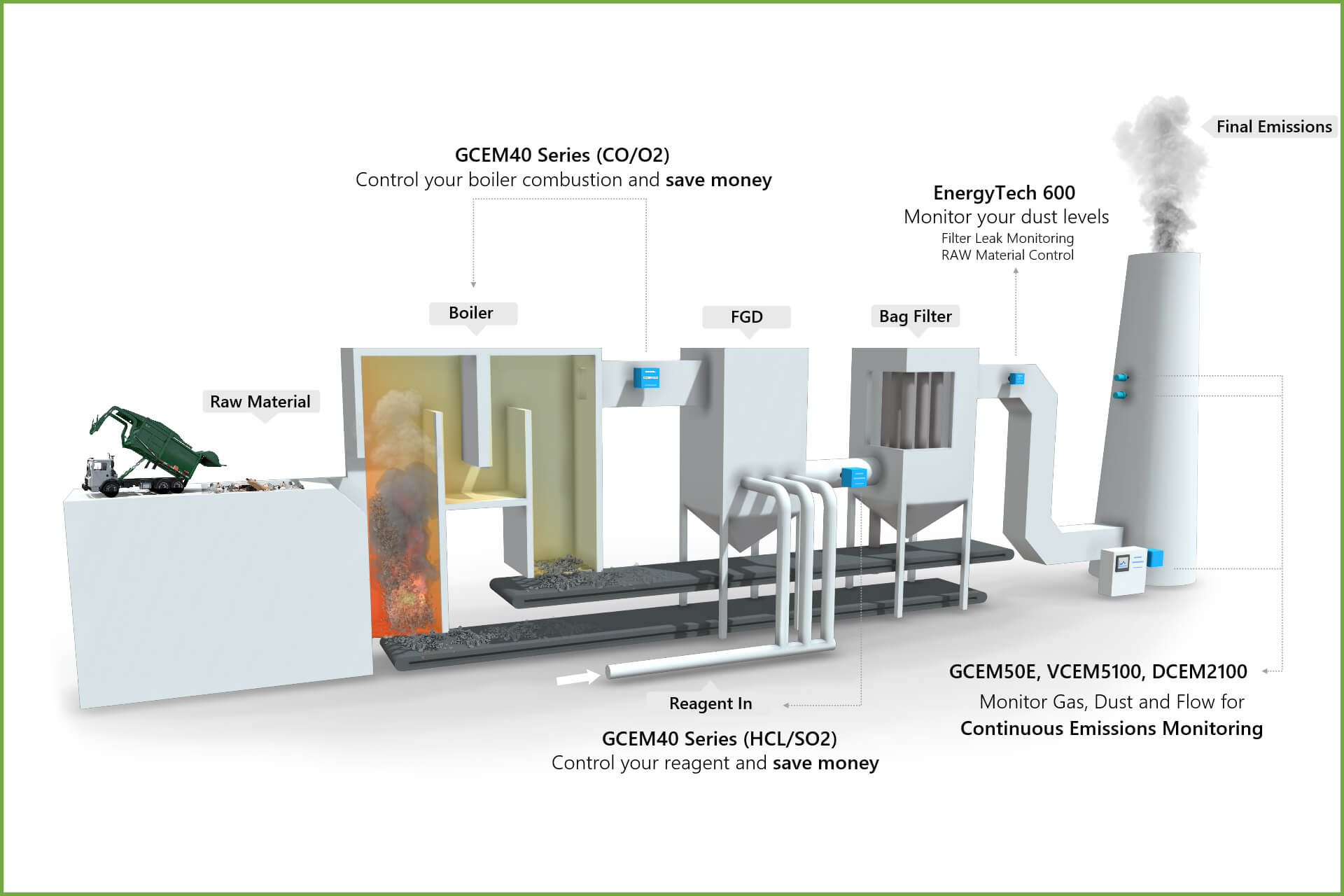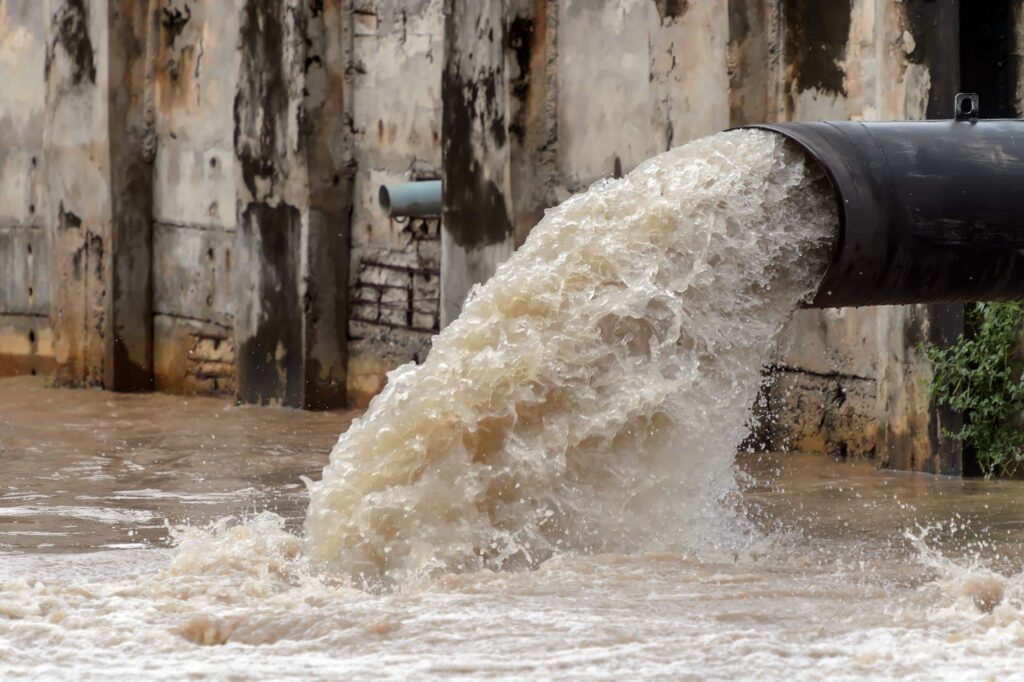
What is industrial wastewater?
Nước thải công nghiệp là loại nước ô nhiễm phát sinh từ các hoạt động sản xuất và chế biến trong các cơ sở công nghiệp. Dòng nước thải này bao gồm nước từ các quy trình sản xuất, nước sử dụng trong vệ sinh công nghiệp, và cả nước thải sinh hoạt từ công nhân. Thành phần và khối lượng của nước thải công nghiệp rất đa dạng, phụ thuộc vào nhiều yếu tố như loại hình công nghiệp, công nghệ sản xuất, đặc tính của thiết bị, thời gian sử dụng thiết bị, khả năng quản lý của cơ sở, và ý thức của nhân viên. Mỗi lĩnh vực sản xuất tạo ra nguồn nước thải có đặc điểm riêng, ví dụ:- Food processing: Wastewater contains organic matter, excess grease, and chemicals from the processing.
- Textile dyeing: Wastewater contains dyes, treatment chemicals, and additives.
- Chemical Industry: Wastewater containing toxic chemicals and waste liquids from chemical processes.
- Pulp and Paper Manufacturing: Wastewater contains cleaning chemicals and waste from the paper manufacturing process.
- Mining: Wastewater can carry heavy metals and chemicals used in the mining process.
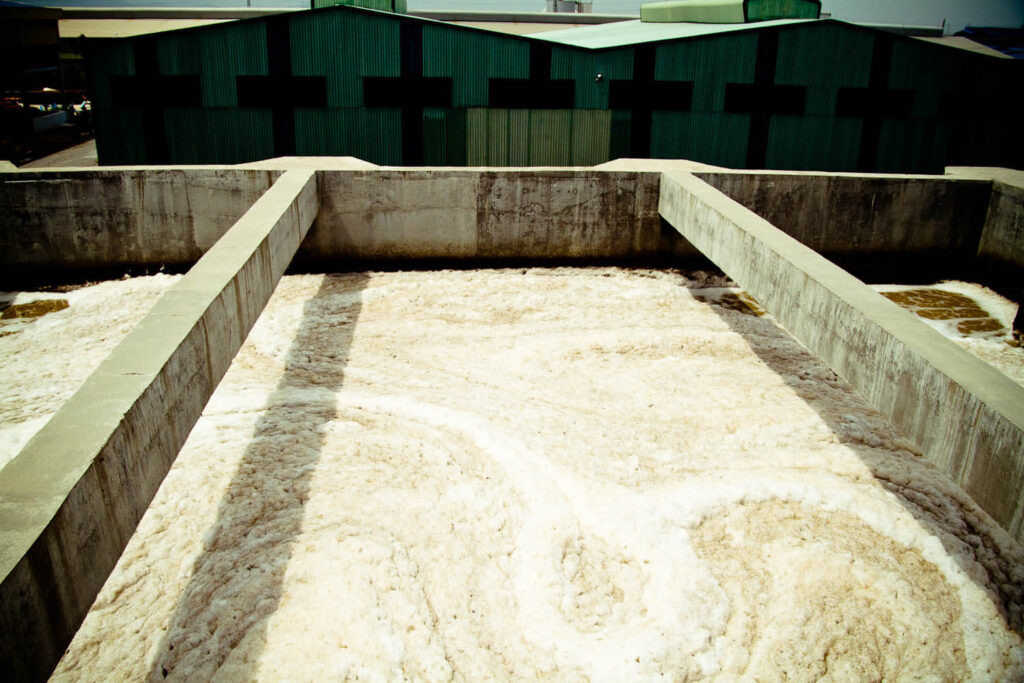
Industrial wastewater images collection
Below, Viet An will provide images of industrial wastewater to help you have a clearer view of environmental pollution issues from industrial activities. These images include different types of wastewater, the treatment process, as well as the impact of untreated wastewater on the environment and human health.
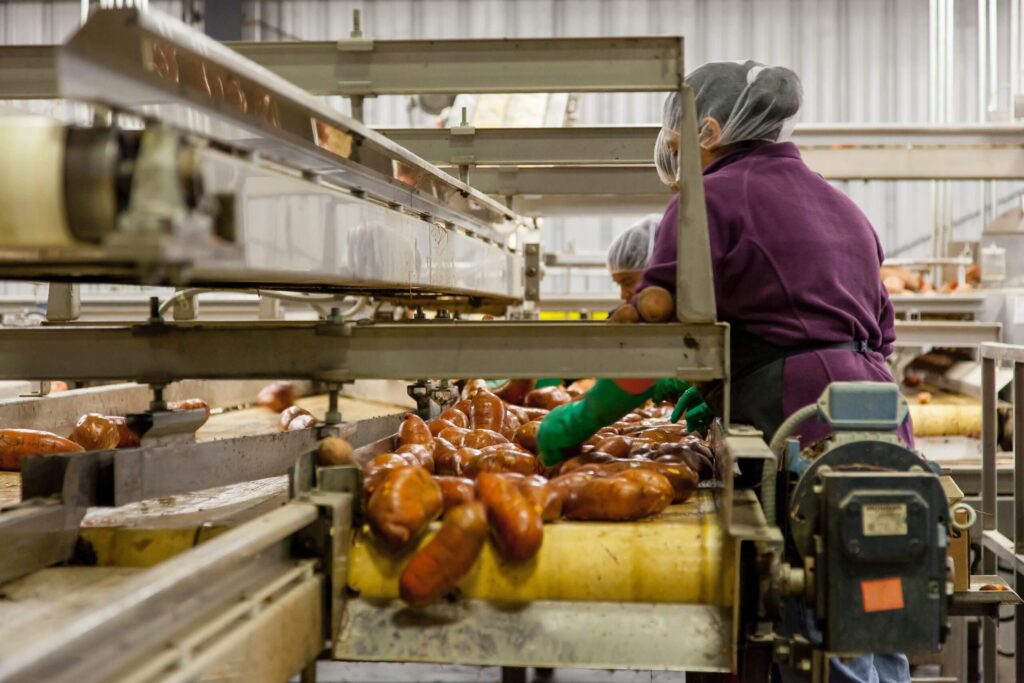
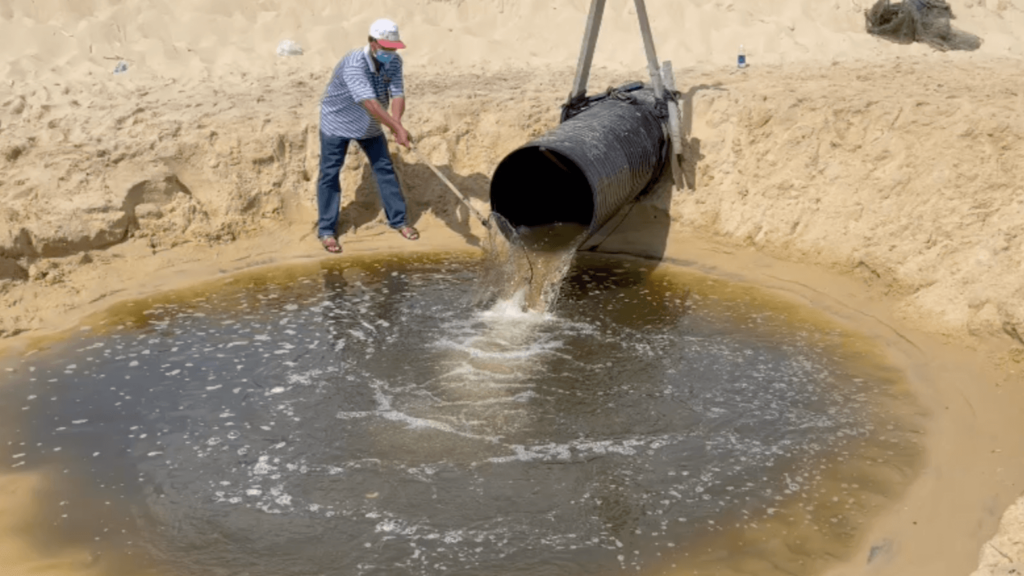
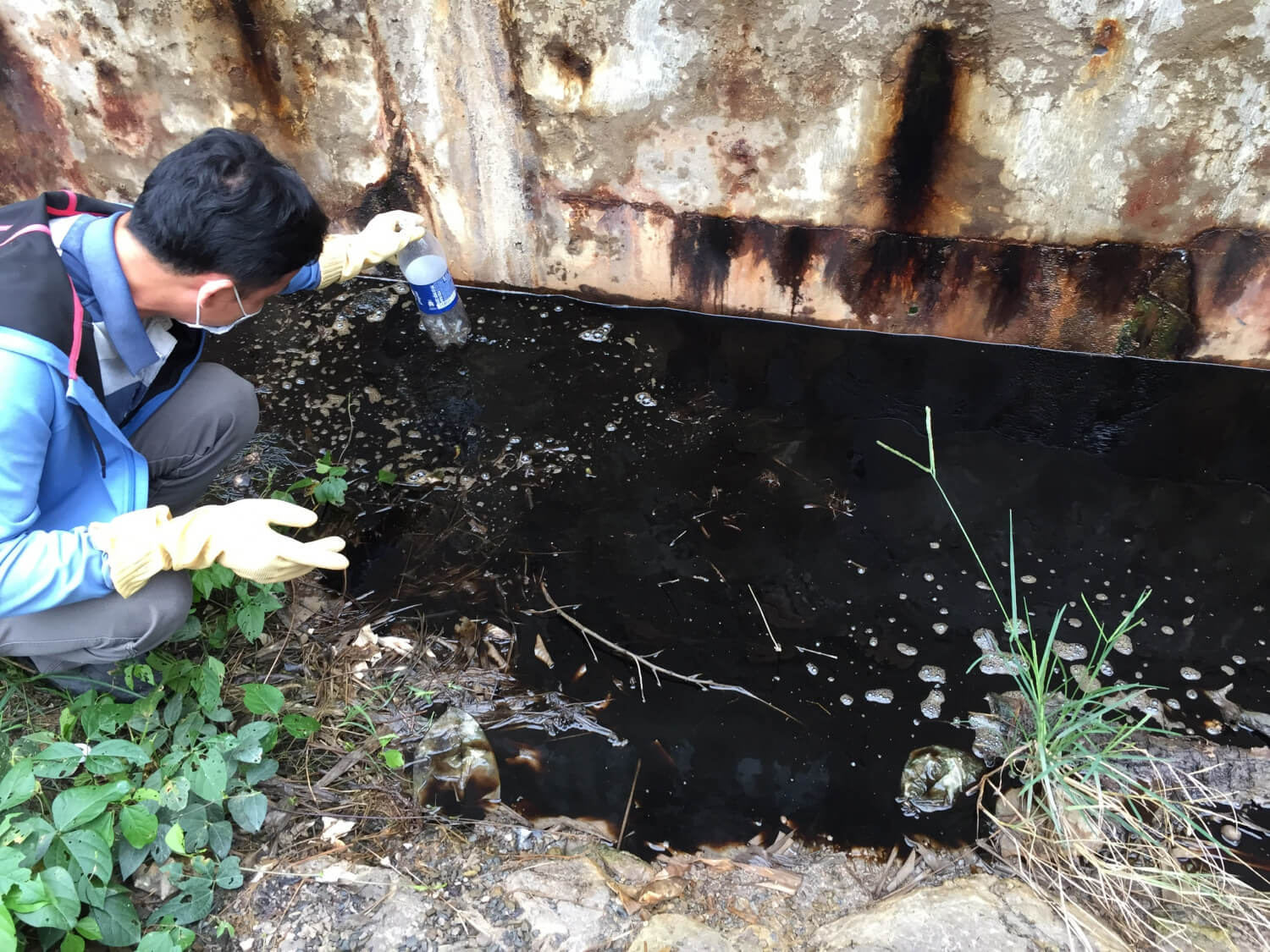
Industrial wastewater pollution and serious consequences
Industrial wastewater is one of the serious sources of pollution to the water environment, leading to many consequences not only for human health but also affecting economic development and the natural environment. Below are some typical harmful effects of industrial wastewater:Impact on human health
Using water contaminated with industrial wastewater can cause many health problems:- Increased risk of dangerous diseases: In areas near industrial plants, water pollution is often the cause of increased digestive and dermatological diseases, and even cancer. Long-term use of polluted water can cause serious diseases such as cancer or birth defects in children. The phenomenon of “cancer villages” in some industrial zones is a clear demonstration of this harm.
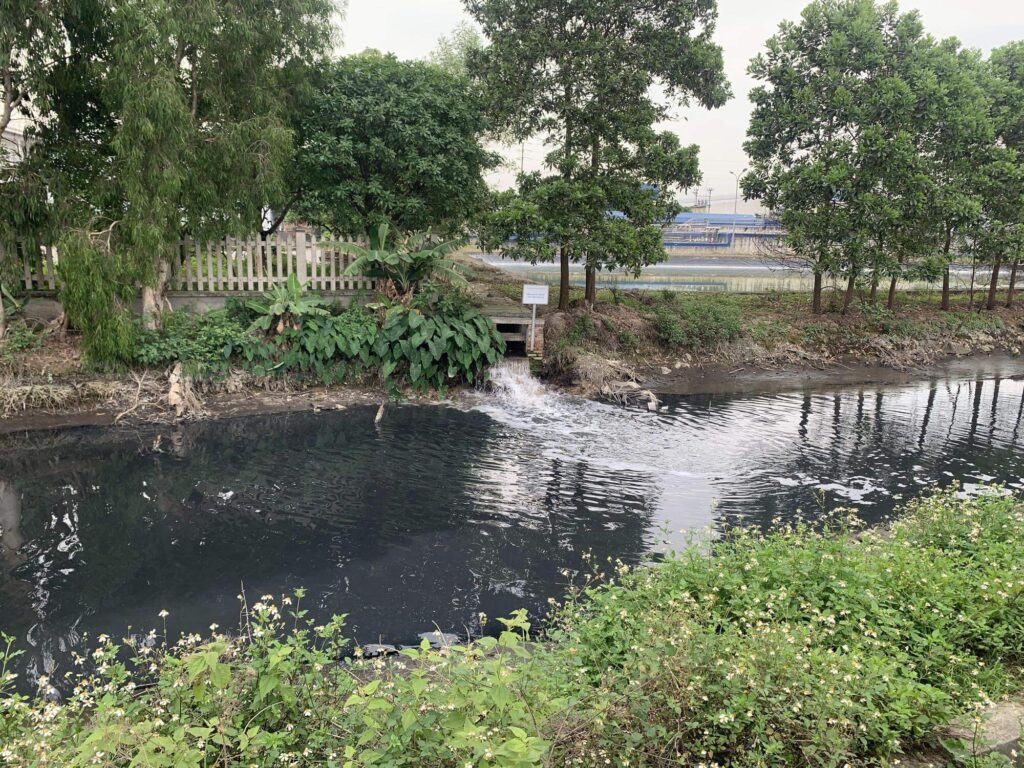
- Reduced quality of life and mental health: Wastewater from some industries can produce unpleasant odors, which can negatively affect the mental health of people living nearby. For example, wastewater from beer factories often has a characteristic foul odor, causing discomfort, headaches, difficulty breathing, and reducing people's productivity at work and in their studies.
Economic and environmental impact
Ngoài tác động đến sức khỏe, nước thải công nghiệp còn gây ra những thiệt hại đáng kể về kinh tế:- Damage to agriculture and aquaculture: Untreated wastewater discharged directly into aquaculture areas can cause mass deaths of shrimp, fish and other aquatic organisms. At the same time, wastewater seeps into the soil, polluting the soil, making it difficult for plants to grow or die due to absorbing toxins, seriously affecting the productivity and income of farmers.
- Impact on tourism and local development: Water pollution also reduces the beauty of the landscape, especially in localities with tourism potential. Heavily polluted rivers and lakes become black and smelly, making tourists no longer interested in returning, thereby affecting tourism income and local economic development.
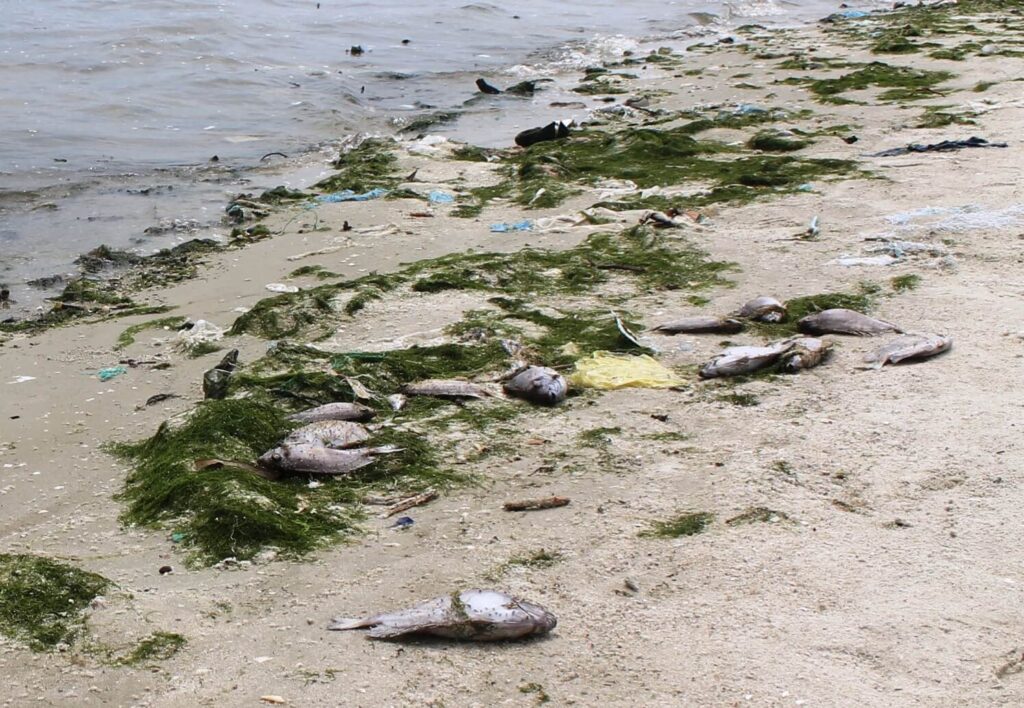
What are the components of industrial wastewater?
Bạn có biết rằng nước thải công nghiệp chủ yếu là nước, chiếm hơn 95%, trong khi chỉ có 5% còn lại là các chất ô nhiễm và chất thải sinh học phân hủy? Tuy nhiên, trong 5% này chứa đựng nhiều chất độc hại có thể gây ra những tác động tiêu cực lớn đối với môi trường và sức khỏe con người. Dưới đây là những thành phần thường có trong nước thải trong hoạt động công nghiệp:Biochemical oxygen demand (BOD)
BOD, short for Biochemical Oxygen Demand, is a measure of the amount of oxygen needed by microorganisms to decompose organic matter in water. If wastewater has a high BOD level and is discharged into rivers or lakes, it can reduce the amount of dissolved oxygen, which is harmful to fish and aquatic life. Therefore, it is extremely important to treat wastewater to reduce the BOD level before discharging it into the environment. (The BOD index in domestic wastewater is usually around 200 mg/L).Total Dissolved Solids (TDS)
TDS (Total Dissolved Solids) or total dissolved solids, is the total amount of solids that can be dissolved in water, including ions such as minerals, metals, cations, and anions. TDS directly affects water quality, and when this index is high, it shows that the water may contain contaminants.Total Suspended Solids (TSS)
TSS, or total suspended solids, are small, insoluble solid particles that can remain suspended in water. When wastewater containing TSS is discharged directly into natural water sources without treatment, it can cause pollution, clog fish gills, and be a source of pathogenic bacteria, affecting the quality of the water environment.Pathogens
Nước thải công nghiệp còn chứa nhiều mầm bệnh nguy hiểm, có thể đe dọa sức khỏe cộng đồng nếu không được xử lý đúng cách.Nutrients
Bên cạnh các chất độc hại, nước thải công nghiệp cũng có thể chứa các chất dinh dưỡng từ các quá trình sản xuất. Tuy nhiên, việc dư thừa các chất như nitơ có thể dẫn đến hiện tượng phú dưỡng, tạo điều kiện cho tảo phát triển mạnh, gây thiếu oxy và có thể làm chết cá. Ngoài các chất trên, nước thải trong hoạt động công nghiệp còn chứa nhiều thành phần khác nhau, phụ thuộc vào ngành sản xuất. Một số thành phần cơ bản bao gồm:- Solids: Includes organic, inorganic, soluble and insoluble solids.
- Nutrients: Compounds containing nitrogen (NH4+, NH3, NO3, NO2) and phosphorus, existing in organic and inorganic forms.
- Grease: Are organic molecules containing a lot of carbon and hydrogen, are part of the total COD (Chemical Oxygen Demand) index of wastewater.
- Heavy metals: Exist in dissolved form or combined with other compounds.
- Residual chlorine: Is a substance used for disinfection and bleaching in the wastewater treatment process, which may remain after the treatment process.
- Fatty acids: Produced during fermentation or as intermediates in anaerobic reactions, contribute to the soluble COD of wastewater.
Proper industrial wastewater treatment process
Wastewater from industrial zones can cause serious consequences for the environment and public health. Therefore, industrial zones must invest in a wastewater treatment system that meets standards to ensure environmental safety. Below is an industrial wastewater treatment process that we have consulted, constructed, operated, and provided suitable equipment. The treatment steps include:- Screen: The treatment process starts from the screen, where the wastewater is collected in the collection tank. Here, the automatic scraping system will remove the raw waste and put it into the tank. At the same time, the collection tank is equipped with pH and SS measuring devices to check the quality of the input wastewater. This is the most important stage that determines the efficiency of the entire treatment system.
- Collection tank: The collection tank is equipped with a pump and a meter to measure the inlet wastewater flow. Built underground, this tank not only helps collect wastewater from factories but also acts as a wastewater pumping station to the treatment system. Here, the sedimentation process also takes place to remove residues in the wastewater.
- Fine filter: Before the wastewater is sent to the main treatment system, it will go through the fine filter step. Here, the wastewater is filtered to retain waste particles with a size of 0.75mm or larger. After this step, the wastewater will continue to be transferred to the grease trap.
- Grease separator: This tank is responsible for separating grease molecules from wastewater through a skimmer system on the surface. Because grease has a lower density than water, it will float and be collected in the grease tank. This grease will then be processed by professional companies. After separating grease, the wastewater is transferred to the equalization tank.
- Equalization tank: Located underground, the equalization tank has the function of regulating the flow and quality of wastewater. Here, the submerged mixing system operates continuously to ensure that the wastewater is evenly mixed. The wastewater is then pumped into the SBR tanks for further treatment.
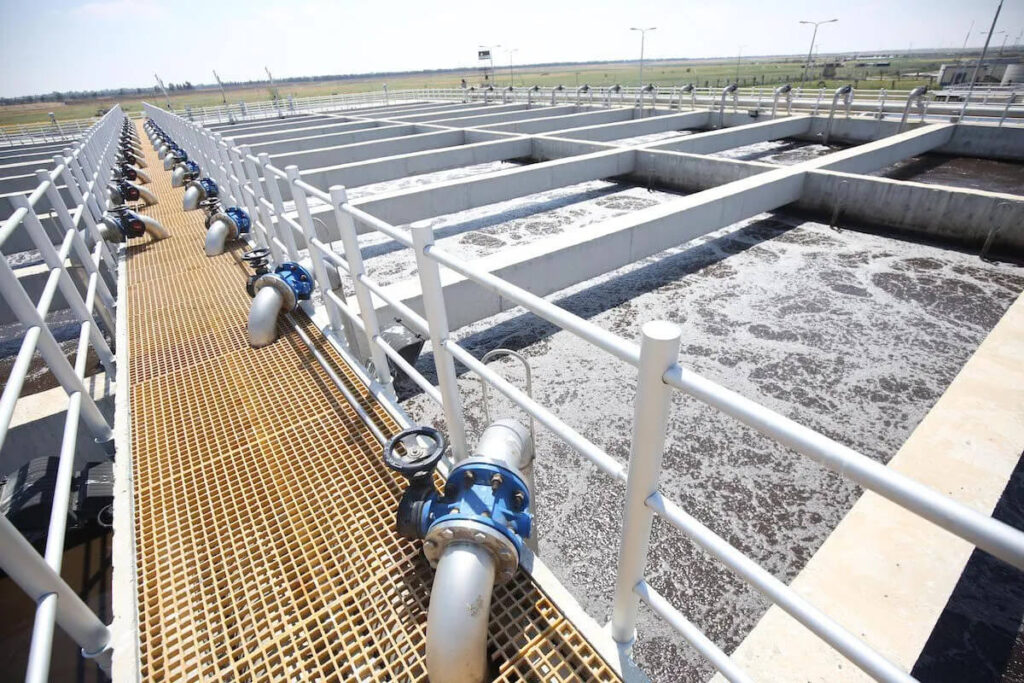
Conclusion
Nước thải công nghiệp, với sự đa dạng về thành phần và mức độ ô nhiễm, có thể gây ra những tác động nghiêm trọng nếu không được xử lý đúng cách. Quy trình xử lý hiệu quả là chìa khóa để bảo vệ môi trường và sức khỏe cộng đồng. Việt An cung cấp các giải pháp xử lý tiên tiến nhằm giúp các khu công nghiệp tuân thủ các tiêu chuẩn môi trường và đảm bảo an toàn cho cộng đồng.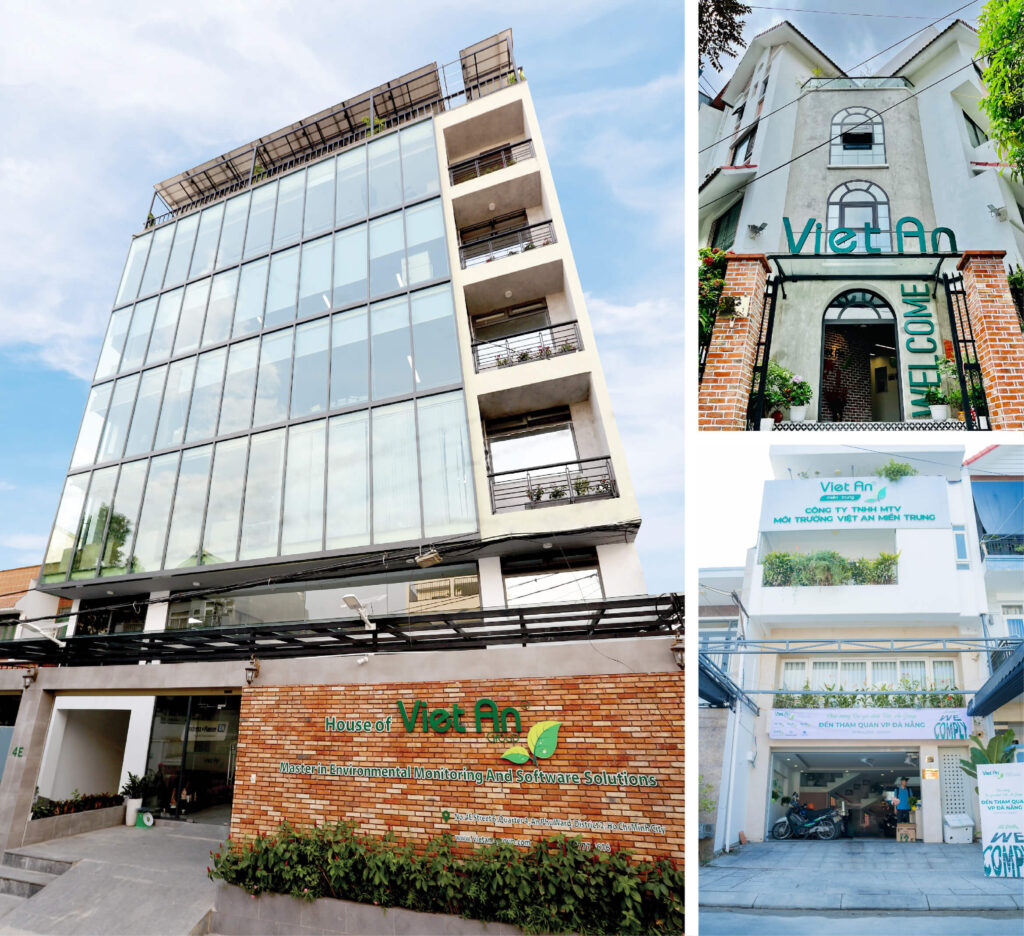
Việt An – Thị phần số 1 Việt Nam về Giải Pháp Quan Trắc Môi Trường và Đo Lường Công Nghiệp
🔘 Head Office (Ho Chi Minh City) 4E đường số 6, phường An Phú, Thành phố Thủ Đức, TP.HCM (Sales) +84 902 970 009 | (Service) +84 901 888 499
🔘 Northern Viet An Lô 33, khu BT4-1, khu nhà ở Trung Văn, phường Trung Văn, quận Nam Từ Liêm, Hà Nội (Sales) +84 901 851 116 | (Service) +84 901 888 499
🔘 Central Viet An Số 5A Mai Xuân Thưởng, phường Hòa Khê, quận Thanh Khê, TP. Đà Nẵng (Sales) +84 898 119 116 | (Service) +84 901 888 499
🔘 Việt An VP-Hà Tĩnh 03 Mai Thúc Loan, phường Kỳ Liên, Thị xã Kỳ Anh, Hà Tĩnh (Sales & Service) +84 938 442 414
